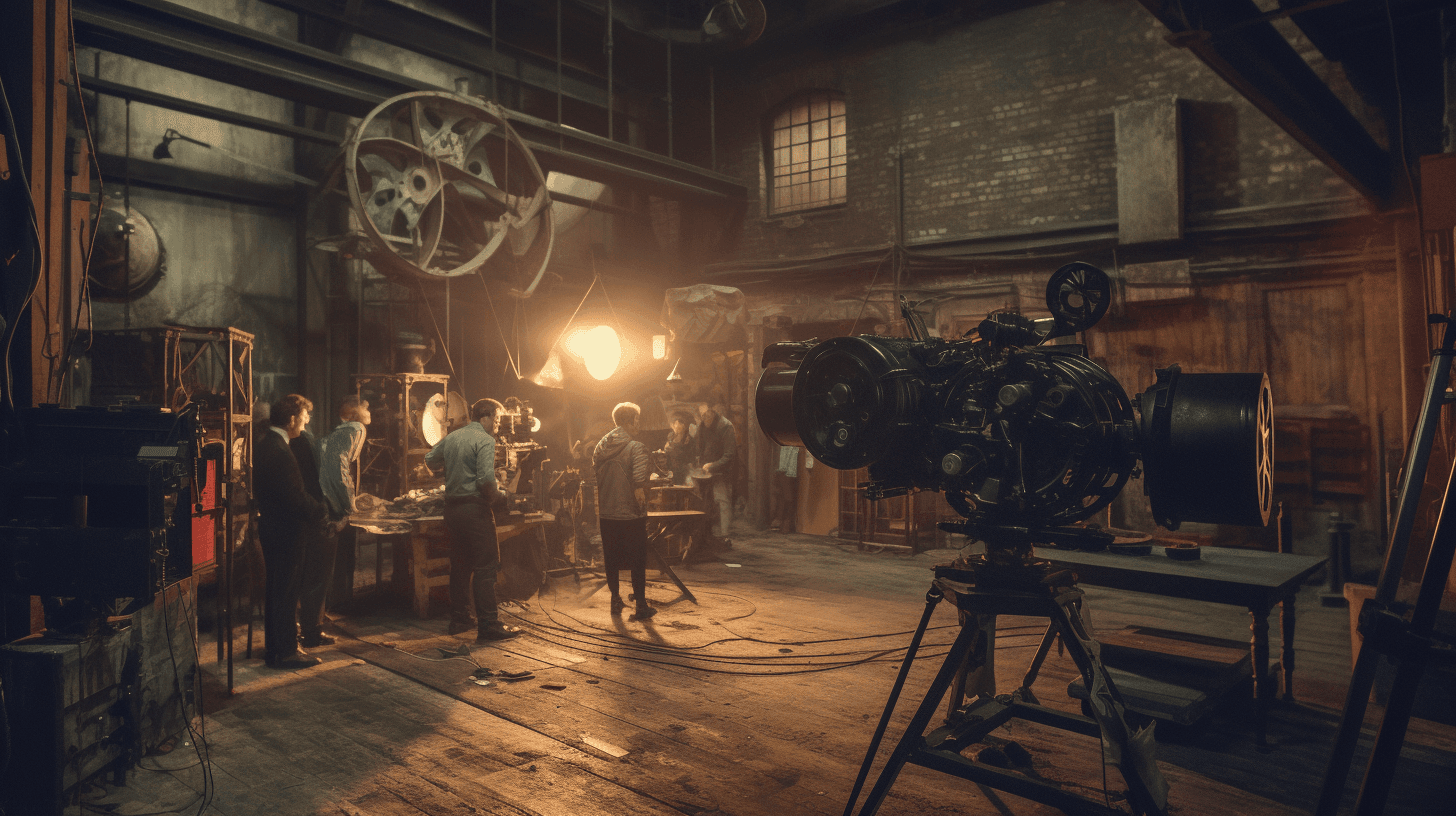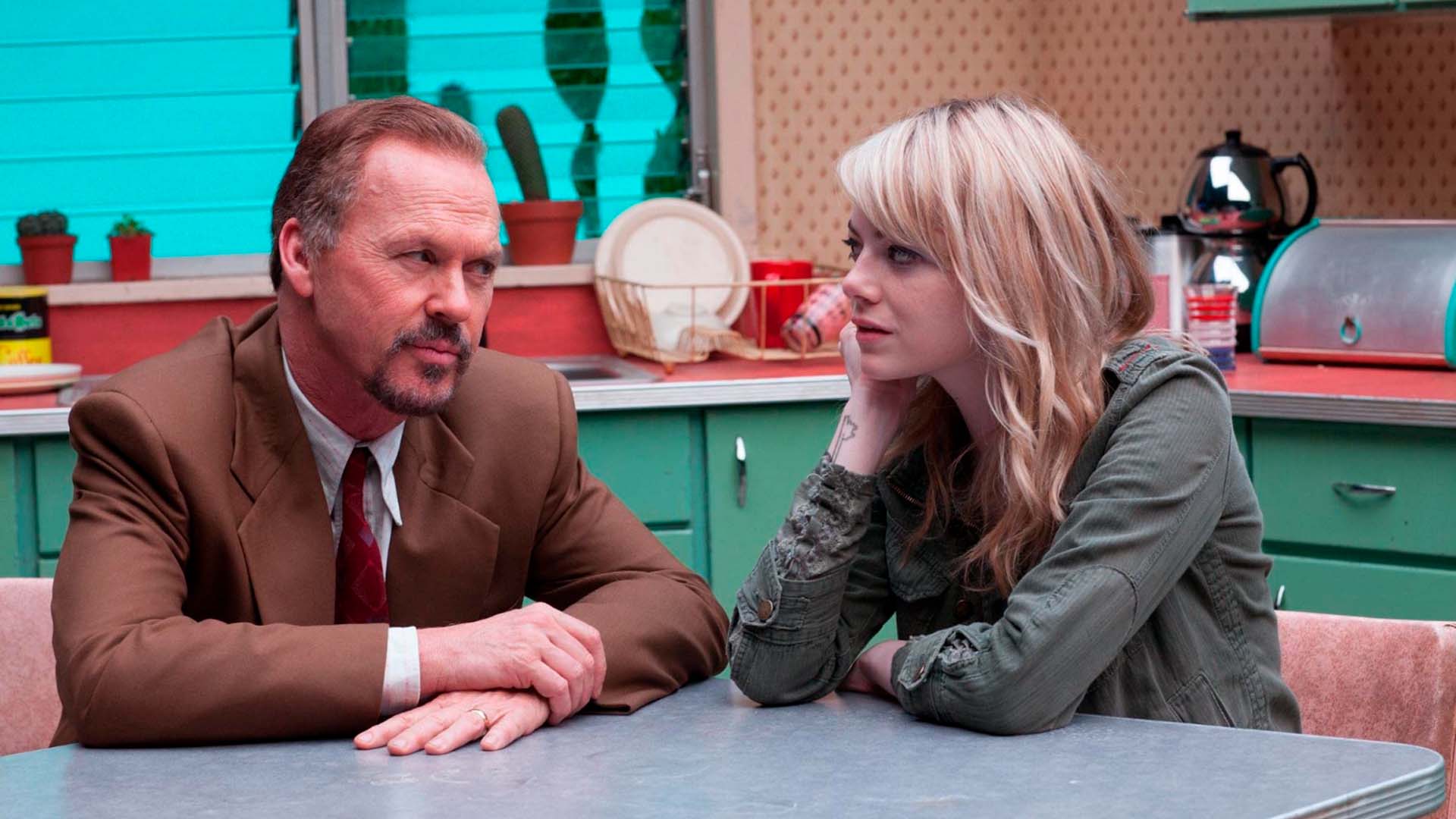Enhancing teamwork and coordination in film production through script breakdowns
In the world of filmmaking, fostering clear communication and effective collaboration among crew members is vital. A key component of achieving this is the script breakdown process.


In this article, we'll delve into the importance of script breakdowns and their role in promoting a harmonious and efficient working environment on set.
The significance of communication and teamwork in filmmaking
Film production is a complex, collaborative endeavor that requires the skills and talents of numerous individuals working together towards a common goal. Clear communication and seamless collaboration between crew members are crucial for avoiding misunderstandings, minimizing delays, and ensuring the overall success of the project.
The role of script breakdowns in film production
A script breakdown is an essential pre-production task that dissects a screenplay into its various elements, such as characters, locations, props, wardrobe, and special effects. This process not only helps in planning the shooting schedule but also assists in budgeting, resource allocation, and overall coordination among the film crew.
The value of script breakdowns in strengthening communication
Script breakdowns contribute to improved communication among crew members by:
- Clarifying roles and responsibilities: A well-executed script breakdown defines each crew member's tasks, ensuring everyone knows what is expected of them.
- Streamlining the scheduling process: By identifying all required elements, script breakdowns help create an efficient shooting schedule, minimizing conflicts and delays.
- Reducing potential misunderstandings: A comprehensive script breakdown helps avoid confusion and miscommunication, making the production process smoother.
The impact of script breakdowns on team collaboration
Script breakdowns foster collaboration among film crew members by:
- Establishing a shared vision: Breaking down the script ensures everyone is on the same page regarding the director's vision, leading to a more cohesive final product.
- Encouraging teamwork: With a clear understanding of their roles, crew members can work together more effectively, resulting in a more efficient production process.
- Supporting budgeting and resource management: Script breakdowns help allocate resources more accurately, preventing overspending and ensuring the best use of available funds.
The process of script breakdown
The script breakdown process involves several stages:
- Analyzing the script: Read the screenplay carefully to understand the story, characters, and locations.
- Identifying elements: List all the elements required for each scene, such as props, costumes, set dressing, and special effects.
- Organizing elements: Sort the elements into categories to facilitate planning and management during production.
- Producing scene breakdown sheets: Create a breakdown sheet for each scene, listing all necessary elements and any relevant notes.
- Creating a shooting schedule: Use the information from the script breakdown to develop a shooting schedule that considers the availability of cast, crew, locations, and other factors.
Script breakdown tools and techniques
Several tools and software programs can aid in the script breakdown process, including Filmustage, which automates many aspects of the process for increased efficiency and accuracy. Other popular choices include Final Draft, Movie Magic Scheduling, and Celtx.
Guidelines for successful script breakdowns
To optimize the script breakdown process, consider these best practices:
- Be meticulous: A thorough script breakdown is vital for efficient film production. Pay close attention to detail when identifying and categorizing script elements.
- Collaborate with key crew members: Involve department heads and other essential crew members in the breakdown process to ensure accuracy and completeness.
- Stay adaptable: Be prepared to make adjustments to the script breakdown as needed due to unforeseen changes or new information.
Case study 1: "Eternal Sunshine of the Spotless Mind" (2004)
Michel Gondry's "Eternal Sunshine of the Spotless Mind" is a noteworthy example of how script breakdown played a crucial role in the film's production. The non-linear narrative structure and the complex visual effects required meticulous planning and collaboration between the director, cinematographer, and the production team. The script breakdown helped them identify the elements needed for each scene, such as props, costumes, and set design and assisted in creating an organized shooting schedule.

Case study 2: "Harry Potter and the Prisoner of Azkaban" (2004)
Alfonso Cuarón's "Harry Potter and the Prisoner of Azkaban" is a prime example of how script breakdown played a crucial role in a film's production, especially when dealing with a beloved and complex book adaptation. The film required a high level of coordination and planning to bring the magical world of Harry Potter to life, including creating numerous intricate sets, using special effects, and coordinating a large ensemble cast.
By carefully dissecting the script into its elements during the script breakdown process, the crew could efficiently manage the shooting schedule, locations, and budget while ensuring that essential story elements were included. This process was vital in maintaining the film's rich visual style, staying true to the source material, and bringing the magic of the Harry Potter universe to the big screen. This film's critical and commercial success is a testament to the importance of script breakdown in filmmaking.

Case study 3: "Birdman" (2014)
Alejandro González Iñárritu's "Birdman" provides an interesting example of script breakdown's significance in film production. The movie's unique continuous-shot appearance required immense coordination between the director, actors, and production team. Through the script breakdown process, the crew could allocate resources and plan camera movements, lighting setups, and blocking in order to achieve the desired seamless visual effect. This intricate planning helped the film to be executed efficiently and ultimately led to its critical and commercial success.

Final thoughts
Script breakdowns play a significant role in enhancing communication and collaboration among film crew members, leading to a more streamlined and successful film production process. By investing time and effort into conducting a thorough script breakdown, filmmakers can ensure that their team is well-coordinated, resources are allocated efficiently, and the project runs smoothly from pre-production to post-production.
By recognizing the benefits of improved communication and collaboration, filmmakers can harness the power of script breakdowns to create compelling, engaging, and emotionally resonant films that resonate with audiences and leave a lasting impact. With the right tools, techniques, and a shared commitment to teamwork, filmmaking can be a rewarding and fulfilling experience for all involved.
From Breakdown to Budget in Clicks
Save time, cut costs, and let Filmustage’s AI handle the heavy lifting — all in a single day.